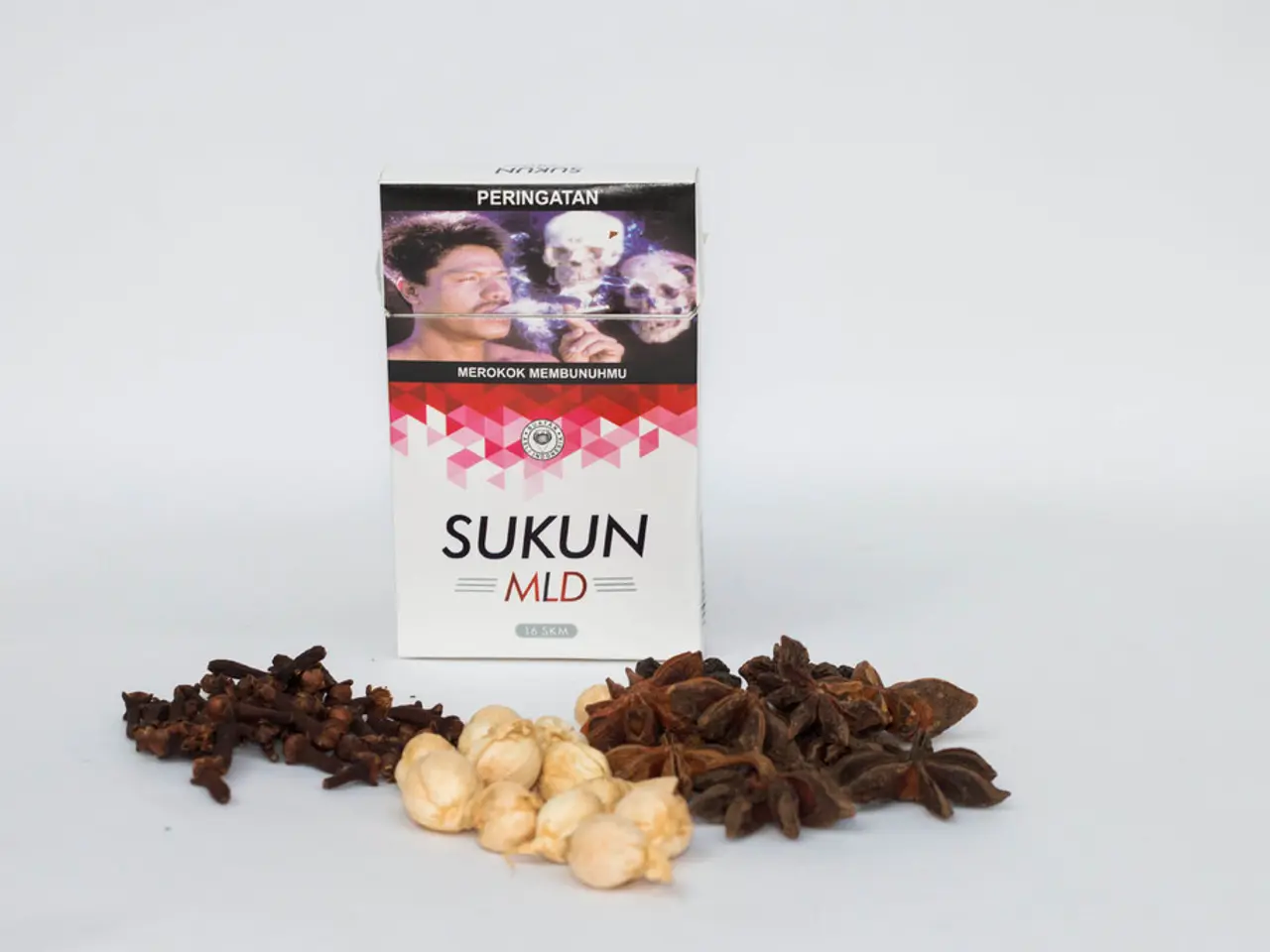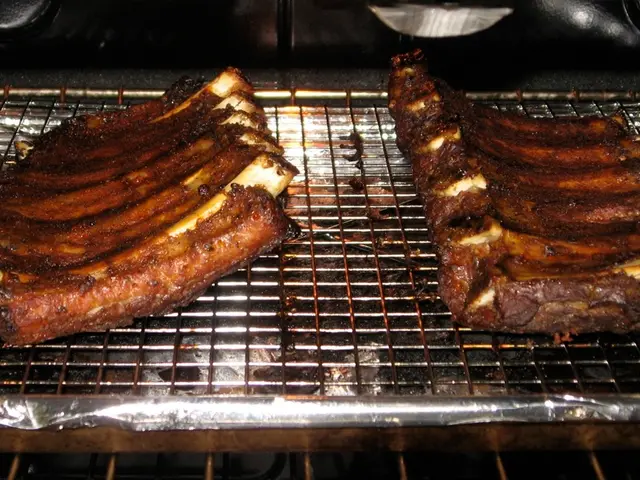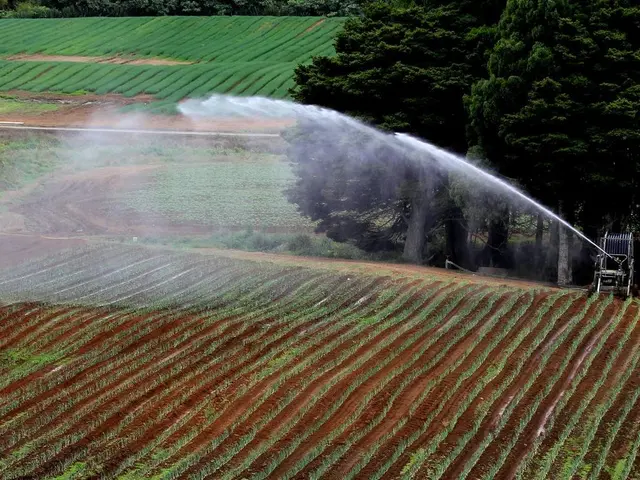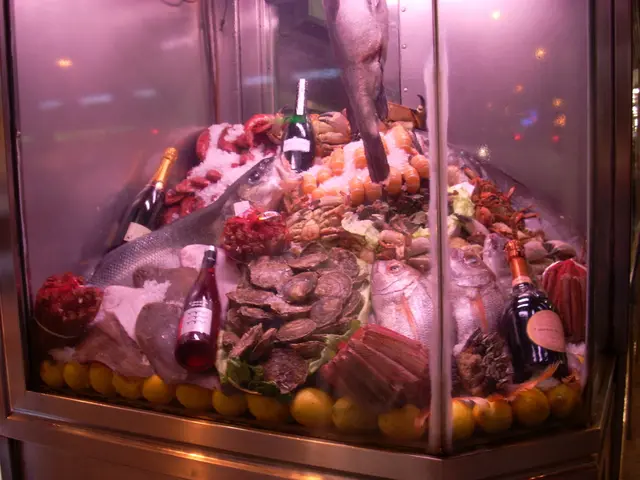The True Composition of Pumpkin Spice: Surprise - It's Not Pumpkins
In the heart of Europe, where gold was once the most prized treasure, exotic spices like cinnamon held a value far greater than the precious metal. Fast forward to present day, and one of these spices, cinnamon, has found a new home in a beloved autumnal blend - pumpkin spice.
This intricate mixture, a staple of the fall season, contains roughly 340 distinct flavor compounds. Among these, cinnamic aldehyde delivers the familiar note of cinnamon, while eugenol captures the clove and allspice flavors. Sabinene is often responsible for the nutmeg's essence, and ginger's essence comes from zingiberene. Vanillin, the compound responsible for the vanilla flavor, adds a sweet touch to this aromatic medley.
The history behind the association of pumpkin spice with fall is not clearly defined, but it is believed to have originated from its use during special fall celebrations like Halloween and Thanksgiving. As commercial marketing popularized pumpkin spice-flavored products for the fall season, its warm, spicy flavor profile made it a beloved symbol of autumn, especially in the 20th century.
Over time, the rich, warming aromas of these spices became embedded in cultural memory as the scents and flavors of the colder months. The arrival of pumpkin spice aromas in shops and cafes coincides with the arrival of colorful leaves, family gatherings, and the back-to-school bustle, powerfully evoking the refreshing feelings of fall.
Psychologists believe that the appeal of pumpkin spice has a lot to do with memory and emotion. A passing whiff of pumpkin spice can instantly trigger vivid memories of past fall experiences and bring your mind back to autumnal times gone by. Jason Fischer, a cognitive neuroscientist at Johns Hopkins University, stated in 2021 that our sense of smell can summon up the season early, often causing us to long for the arrival of fall at the end of a hot summer.
Today, pumpkin spice is used in a wide variety of food and drinks, from lattes and candy to cakes, pastries, pet food, Spam, intimate lubricant, and more. Despite its widespread use, it remains a symbol of the autumn season, evoking a sense of warmth, comfort, and nostalgia.
Pumpkin spice is a blend of spices, including cinnamon, nutmeg, ginger, and either cloves or allspice. Vanilla is sometimes added to add extra sweetness. Originally concocted as a flavoring for pumpkin pie filling, this versatile blend has transcended its origins to become a cherished part of autumnal celebrations worldwide.
Read also:
- Cheese consumption leads to fatalities for two individuals.
- AI's looming shadow on Mexican small-scale enterprises: how purpose-driven communities can offer salvation
- Federal health agency reinitializes the timeline for anticipated hair testing regulations
- Responses to COVID-19 Outlined for the Auto Industry: Key Strategies Revealed








